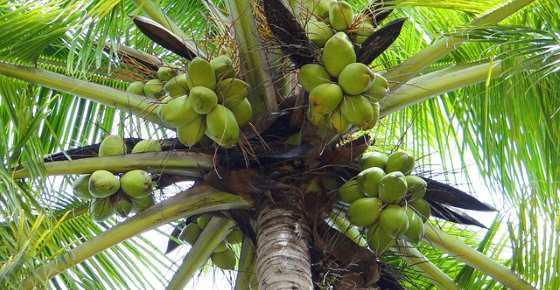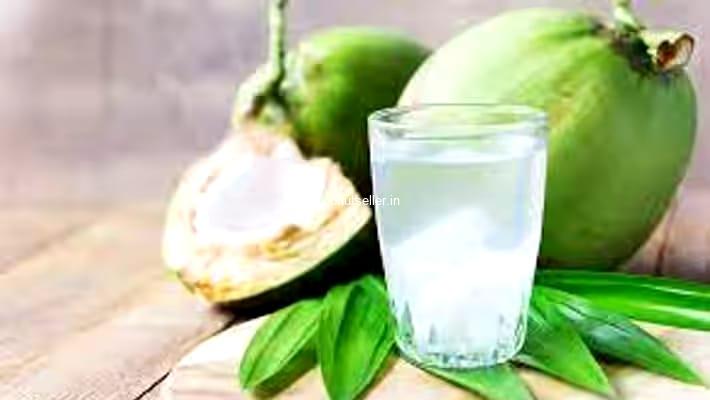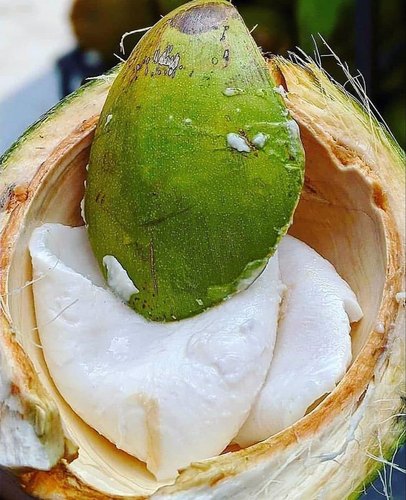
Coconut Varieties and hybrids Enhancing productivity through cultivation of improved varieties including hybrids is one of
the major strategies suggested to make coconut farming more remunerative. The extensive
research conducted on coconut improvement at ICAR-Central Plantation Crops Research
Institute (CPCRI) and State Agricultural / Horticultural Universities has resulted in the release of 49 improved varieties having high yield potential and other desirable traits such as resistance to biotic and abiotic stress and suitability for tender nut purpose.
Coconut Varieties and hybrids is twenty-nine improved varieties of coconut. It is suitable for different agro climatic zones have been developed through
selection and released till date, which includes 18 tall and 11 dwarf varieties. Besides these,
20 hybrid varieties including 8 Dwarf x Tall and 11 Tall x Dwarf hybrid and one Tall x Tall hybrid
have also been released for cultivation in different agro-climatic regions. The released hybrid
varieties of coconut have a yield potential of 2.79 to 6.28 tonnes of copra per ha per year in
comparison to 2 tonnes of copra yield realized by the tall cultivars which are predominantly
cultivated by coconut farmers.
Tall cultivars
The tall cultivars are most commonly cultivated in all coconut growing regions of the world.
The productive life span of tall cultivars is about 60 years. They grow to a height of 15 to 18
m. Tall palms are predominantly cross pollinated and hence do not breed true to type. They
produce copra of good quantity and quality with fairly high oil content. It takes around 5-7
years for the first bearing after planting. The tall cultivars commonly grown in India are the
West Coast Tall (WCT), Tiptur Tall (TPT) and East Coast Tall (ECT).

Dwarf cultivars
Dwarf varieties are shorter in both stature and life span. They grow to a height of 5-7 m
with an average economic life span of about 40 years. It takes around 3-4 years for the first
bearing after planting. The nuts are smaller and the copra is thin, leathery and low in oil content. The common dwarfs available in India are Chowghat Orange Dwarf (COD), Chowghat Green Dwarf (CGD) and Gangabondam
Green Dwarf (GBGD).



